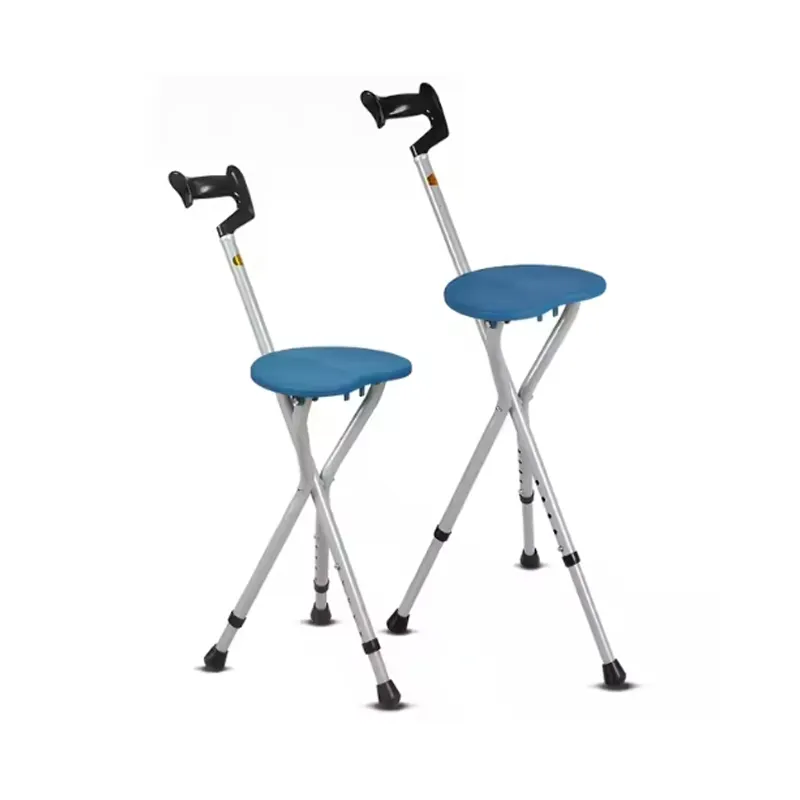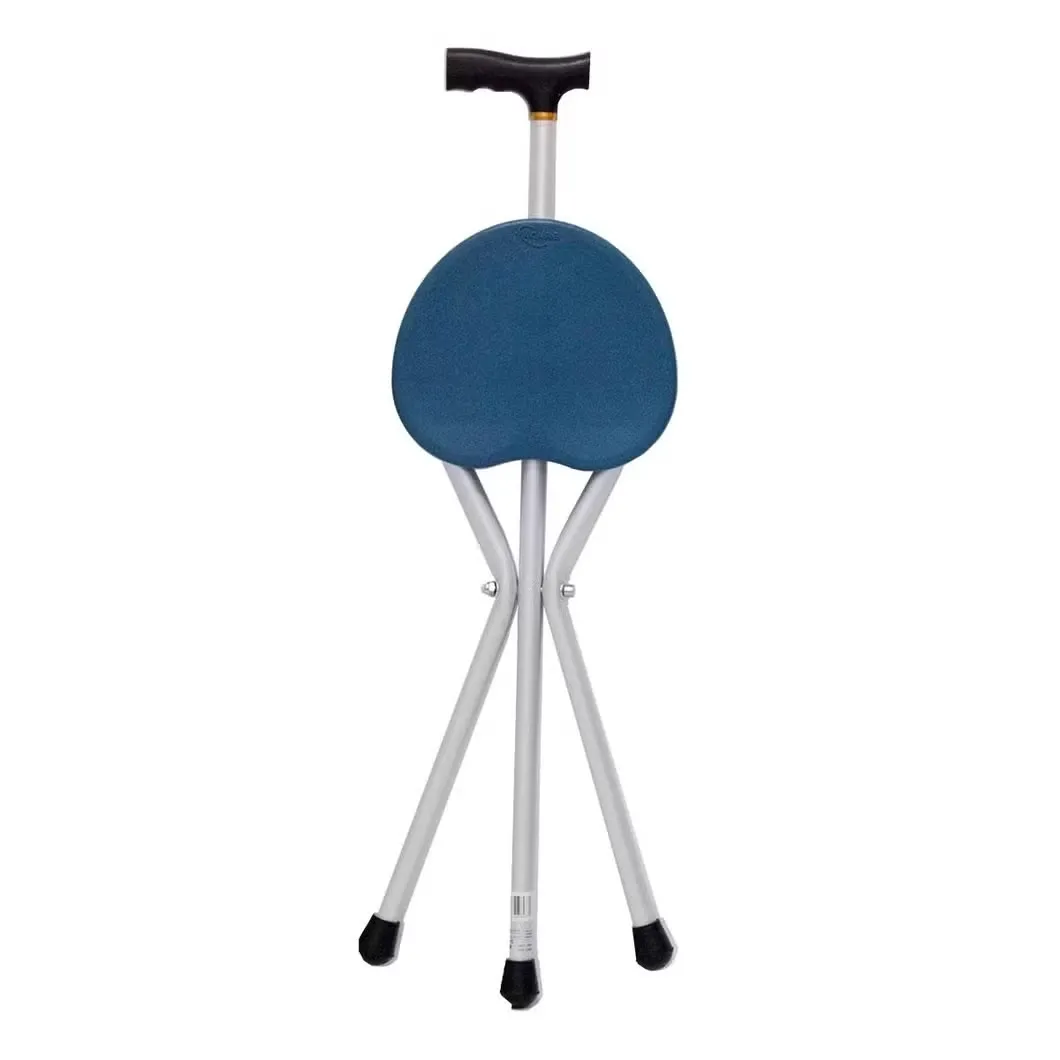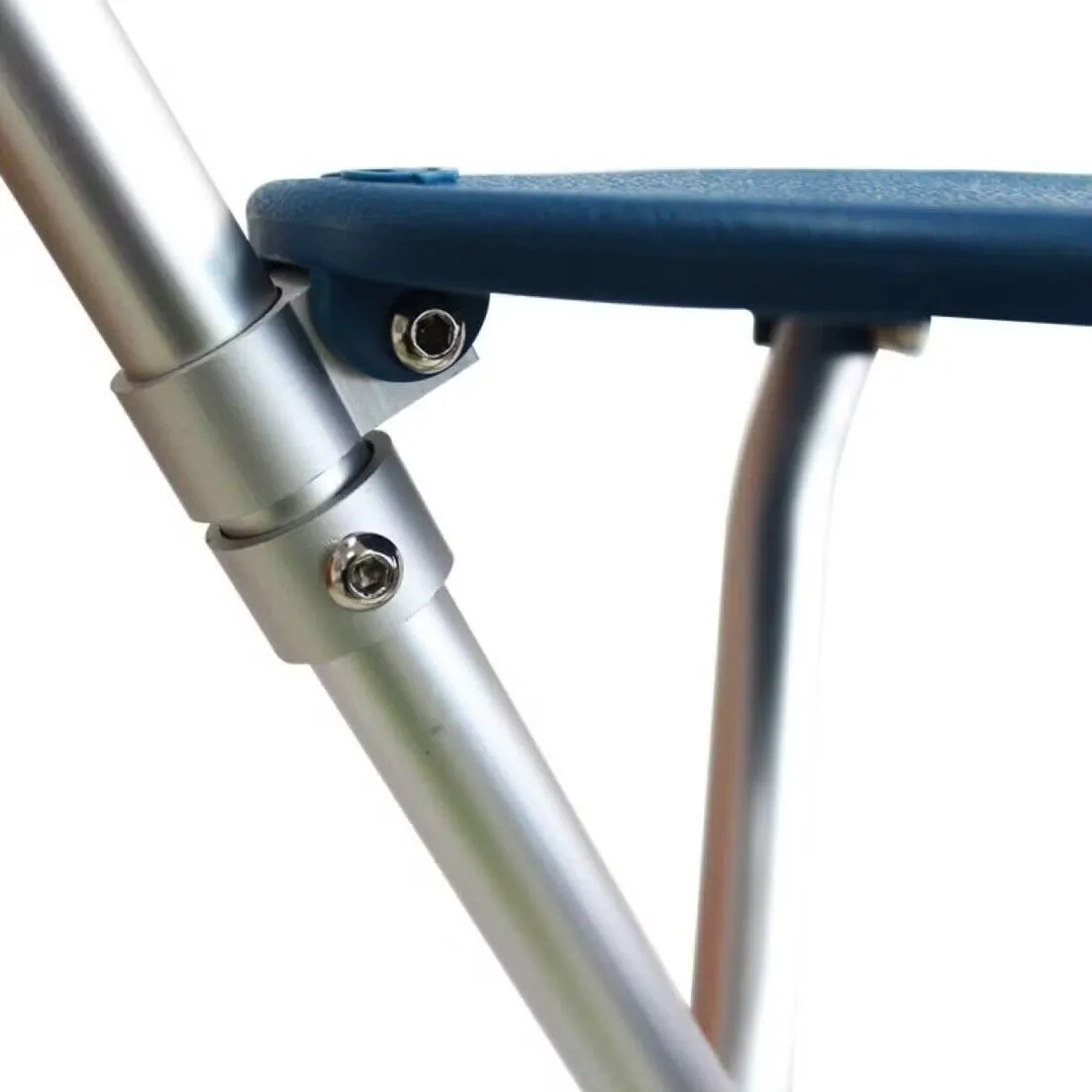Crutch for Sale: Lightweight, Adjustable—Which Fits You?
Hot Selling Lightweight Aluminum Alloy Walking Stick: an insider’s take
If you spend your days around rehab buyers and hospital supply managers like I do, you learn that the humble crutch market is more dynamic than it looks. Materials science, tip friction standards, even anodizing quality—these things matter. And yes, real people notice. This model, coming out of Zhouhu Village, Jizhou Zone, Hengshui City (Hebei Province, China), has been making the rounds in procurement chats lately.

What’s trending in walking aids
Two trends dominate: lighter tubes with higher yield strength, and safer tips with verified wet-floor friction. This crutch leans into both—thin-wall aluminum alloy with good temper control and a tip compound that, in my field notes, grips glazed tile better than expected. Not a lab claim, just what my shoes and a spray bottle found on-site—still, it aligns with published methods.

Product specifications (real-world view)
| Model | Hot Selling Lightweight Aluminum Alloy Walking Stick |
| Material | Aluminum alloy (≈6061-T6), anodized; TPR/EVA handle; rubber tip (NR/TPR blend) |
| Adjustable height | ≈72–95 cm, push-button with anti-rattle bushing |
| Tube wall | ≈1.2–1.5 mm (real-world batches may vary) |
| Static load test | ≥130 kg, 1 min, no visible deformation (factory data) |
| Fatigue test | ≥100,000 cycles at 1 Hz under 1.1× rated load (typical line test) |
| Tip friction | μ ≥0.6 on wet ceramic per ISO 24415-1 methods |
| Finish | Anodized; neutral salt spray ≈24–48 h (ASTM B117 bench) |
| Net weight | Around 0.35–0.6 kg (listing shows “000 kg”; shipping docs vary) |
| Certs | ISO 13485 QMS, CE (MDR Class I, self-declared), RoHS materials, ISO 10993 for skin-contact parts |

Manufacturing and validation flow
- Materials: alloy tube drawing → tempering → anodizing; molded TPR/EVA handle; NR/TPR tip with embedded steel washer.
- Methods: CNC drilling for detents; press-fit anti-rattle bushings; laser logo; 100% height-index check.
- Testing: incoming hardness and wall gauge; static + fatigue per ISO 11334 methods; tip friction/durability per ISO 24415-1/2; biocompatibility to ISO 10993 on handle.
- Service life: typically 3–5 years for a crutch used daily indoors; tips replaced every 4–6 months, depending on mileage.
- Industries: hospitals, rehab clinics, pharmacy retail, homecare distributors, e-commerce private labels.

Vendor comparison (what buyers actually ask)
| Vendor | Lead Time | MOQ | Certs | Notes |
|---|---|---|---|---|
| Factory A (Hebei, CN) | 15–25 days | 500 pcs | ISO 13485, CE | Good anodizing; stable tip μ on wet tile |
| Trader B (Ningbo) | 25–35 days | 1,000 pcs | CE self-declaration | Color options wider; QC variance reported |
| Importer C (EU) | Stock/3–5 days | 1 pc | CE, MDR documentation pack | Higher price, fast availability |

Applications, customization, and field feedback
Use cases span post-op ortho, temporary mobility after sports injuries, and long-term balance assistance. Many customers say the ergonomic handle reduces palm hotspots—though, to be honest, grip preference is personal. Custom options: laser-etched logos, matte or gloss anodize, extended height range, and alternative bases (quad vs single tip) if you want a more stable crutch for geriatric users.
A quick case: a mid-size rehab chain replaced 600 units across three clinics. After six months, reported tip replacements averaged every 5.1 months; no tube fractures; two handle swaps due to cosmetic dents. That’s pretty solid for this class of crutch.

Logistics snapshot
Packaging: Single item. Carton size ≈122 × 30 × 28 cm. Listed single gross weight is “000 kg,” which is clearly a placeholder—expect ≈0.6–0.9 kg per unit packed. From Hebei, most buyers route via Tianjin/Xingang; LCL works fine for small runs. For pharmacy chains, I’d suggest palletized inner cartons to protect the anodize—those small scuffs show up under store lighting, surprisingly.
Why choose this model
- Light but sturdy tube with decent fatigue margins.
- Tip compound validated to recognized friction tests—fewer slips on wet floors.
- Factory flexible on branding and small design tweaks—handy for private labels.
Authoritative references
- ISO 24415-1: Assistive products for walking—Tips for crutches and canes—Requirements and test methods—Part 1 (friction). 2009/2011.
- ISO 11334 series: Assistive products for walking manipulated by one arm—General requirements and test methods.
- EN 12182:2012 Assistive products for persons with disability—General requirements and test methods.
- ISO 13485: Medical devices—Quality management systems—Requirements for regulatory purposes.
- ISO 10993 series: Biological evaluation of medical devices (for skin-contact handle materials).




































